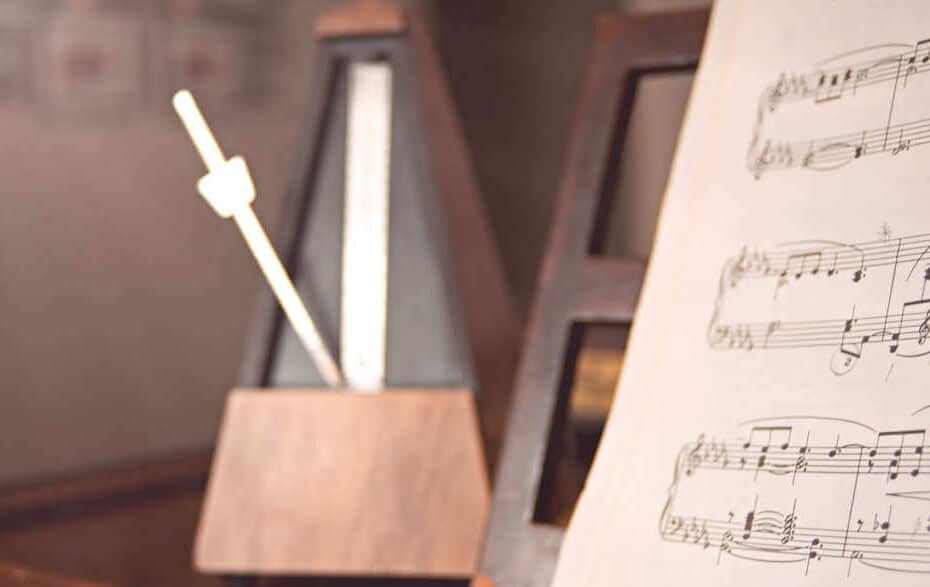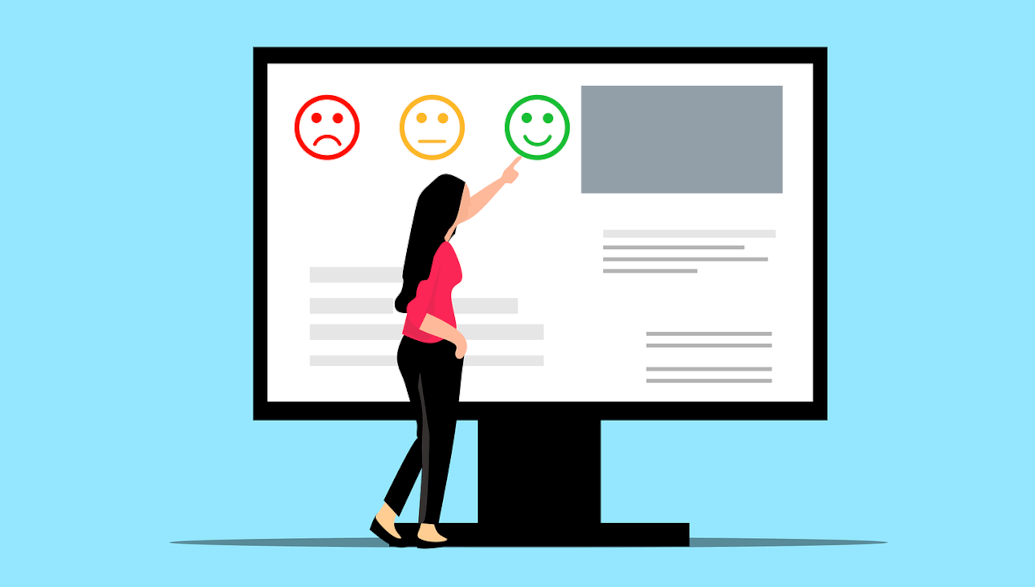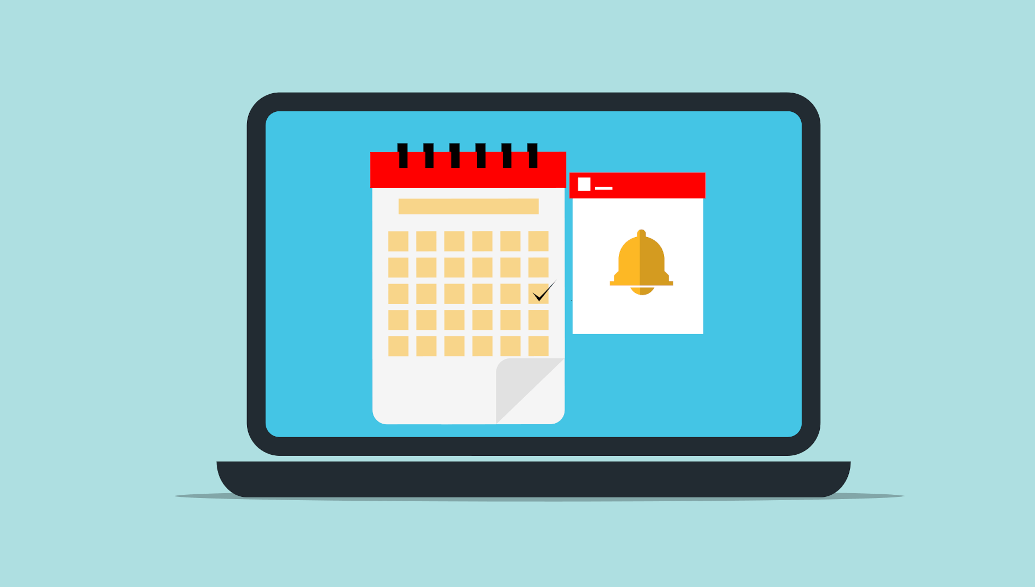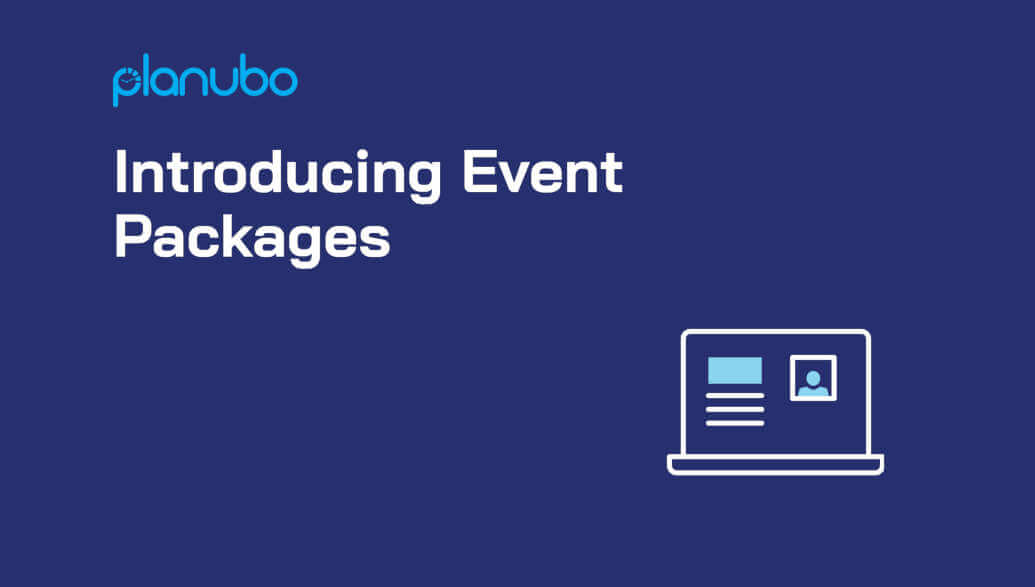Music teachers provide an invaluable service to the world. They make sure that kids and adults get a chance to experience the joy of music and learn how to play an instrument. This article tells you how you can maximize your time as a music teacher so that you can spend more time with family and friends and on other parts of teaching such as fostering creativity, confidence, and leadership skills.
Is being a music teacher the right career for you? What does a music teacher do?
Music is a universal language and it can be argued that the best way to learn any language is through music. Music teachers help nurture not only children’s but also adult’s creativity, sense of rhythm, and social skills. They help foster an appreciation of musical diversity, as well as develop the ear to hear pitch and tone. Some music teachers work with groups of students, while others prefer to work individually with one student.
How much do music teachers make a year?
There are quite a few music schools that have high turnover rates in the teaching profession due to low music teacher salaries and time-consuming work hours. However, music teacher salaries can vary widely depending on the skill level, experience, geographical location, and instrument. For instance, the average cost of piano lessons in New York City is higher than the average cost of guitar lessons in a smaller city such as Indianapolis.
According to PayScale, the average music teacher salary in the United States is $44,080 while it typically ranges anywhere between $28,000 and $71,000. A piano teacher usually charges between $20 and $70 per hour while the average cost of a piano lesson is $35 per hour. As mentioned above, these ranges are quite large and can vary widely depending on important factors such as experience, certifications, location, and instrument.

How to become a music teacher?
For private music teachers, there are no required certifications. You could start teaching private music lessons today. Your success in your career will depend on your education, skill, and experience.
If you want to become a music teacher at a school, the music teacher requirements vary depending on the type of school. For example, teaching at a public school would require you to have a bachelor’s degree in music or education and to complete an approved teacher preparation program.
Doing Less but Better
From a time perspective, music teachers have a lot on their plate. They need to spend time planning lessons, managing payments, and monitoring students. This can be difficult when there are just 24 hours in a day.
Fortunately, there are productivity tips to help you do less but better in your day and give you more time for other things.
1) Prioritize tasks: To save time and get more done during your workday, it helps to develop an efficient teaching routine. The first step to getting organized is to identify the tasks that need to be tackled immediately. You need to decide which work needs to be done first such as lesson planning and which can wait until later such as managing administrative tasks.
2) Organize your email inbox and set aside time to send out and reply to emails: It is no secret that music teachers receive a lot of emails each day. From cancellations and questions to new student sign-ups. Organizing yourself by setting up different folders in your email inbox can help you save a lot of time. This way your inbox is neatly organized and you will know right away where to find specific emails.
In addition, try to set aside some time each day to reply to emails and not get distracted by anything else such as social media or phone calls. You will notice that your productivity level will reach the next level. You can start with 30 minutes per day where you attempt to send out and reply to as many emails as possible while not getting distracted.
Setting up email templates might also help you to become more time-efficient. If you notice that you repeat yourself multiple times in different emails, try to set up an email template. This way you will save time on the next email.

3) Make templates: Templates are not only helpful when writing emails but also for worksheets, lesson agendas, schedules, and social media posts. In fact, templates can save you more time than you might think. Instead of having to come up with a different or similar idea each time, you can create templates that will produce great output with just a few tweaks.
4) Reduce your time on social media: Today, social media is an essential part of the music industry. However, social media can be a major distraction for music teachers. You can spend hours scrolling through Facebook, or going down the rabbit hole of Youtube, and not make any progress on your practice or lesson planning. The constant updates and distractions can quickly become overwhelming – but it doesn’t have to be this way. One possible solution is to set aside specific periods of time in the day to use social media.
5) Automate bookkeeping and administrative tasks: Technology is an integral part of music teaching and it pays off to take advantage of it. Teaching music is challenging and rewarding work, but there are also all the other responsibilities that go with running a small business: bookkeeping, marketing, developing curricula, managing finances, and purchasing equipment.
Luckily for you, technology and software programs like Planubo can help take care of many of these administrative tasks. Here are a few things that software can do for you:
Automate bookkeeping: Generate invoices with ease and have all your payments recorded in one place.
Online payments / accept credit cards: Students can quickly pay for their music lessons with different payment options.
Video chat: Integrate video chat tools such as Google Meet or Zoom. This way you can manage everything from one platform and don’t have to switch between different tools and software.
Feedback sharing: You can live-chat and share files with your students such as music notes, practice documents, or music videos all in one place.
Class management: You can quickly take attendance.
Booking page: You can create your own booking page for your music classes without needing any technical know-how. Your students are able to sign up for classes on their own and your schedule will fill itself, even in your sleep.
Conclusion
Finding ways to improve your teaching and administration can be extremely rewarding. Sometimes just a few minor hacks can save you lots of time that you can spend with your family and friends instead. Try out some of these time-saving approaches and decide which one will work for you best.



